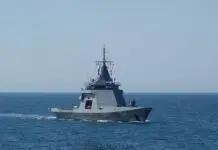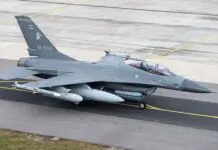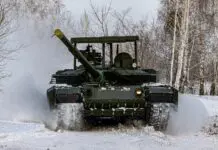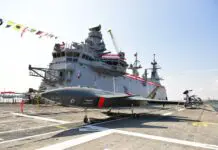At this stage of the drama, it’s no secret that the escalation of the crisis between Ukraine and Russia has begun to seriously impact the operational level of defense systems in several Latin American countries. Especially in the rotary-wing aircraft segment, such as the medium transport and combat helicopters of the Mil Mi-8/17/171 family used, in South America, in Colombia, Ecuador, Venezuela, and Argentina. The situation in the land of the great writer Gabriel García Márquez has reached extremes, with almost their entire fleet grounded, which should serve as a strong warning for other users… Such as the Armed Forces of Peru.
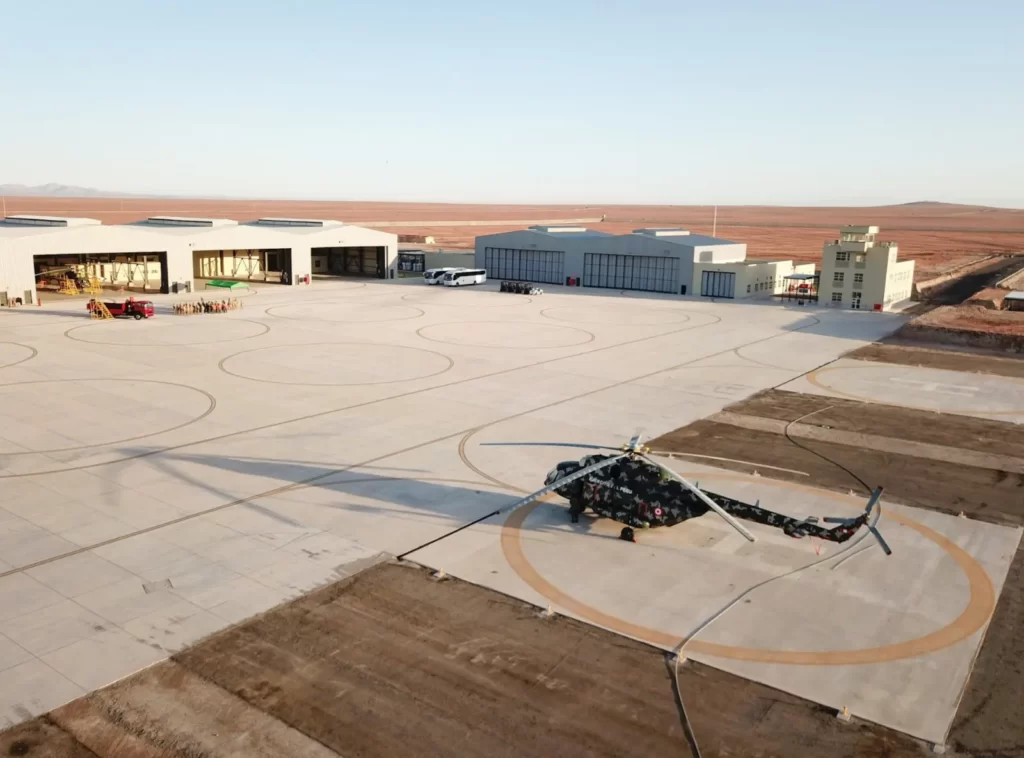
In this case, fortunately, this situation is being successfully overcome through in-house capabilities via the modern repair facility located in the town of La Joya, in the southern region of Arequipa. This is the Army Aeronautical Maintenance Center (CEMAE), a result of an offset agreement, or industrial compensation program, agreed with Rosoboronexport for the purchase of 24 Mi-171Sh-P “Hip H” helicopters for the Peruvian Army (EP) in 2013.
It spans an area of 125 hectares in a desert zone, with a takeoff and parking runway, seven hangars to accommodate the aircraft during various specialized tasks, maintenance workshops and laboratories, testing area, among others. It’s an installation like very few in Latin America, where at this very moment, the Army Aviation aircraft are being prepared for flight as part of the capacity recovery plan to face the El Niño Phenomenon.
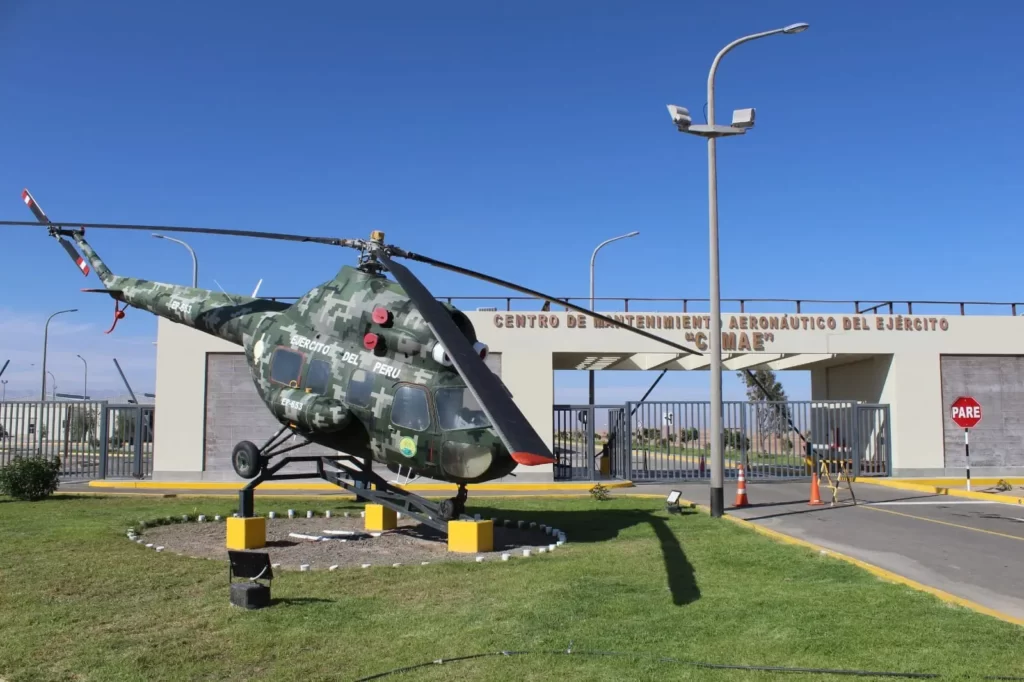
The other important technological arm that also supports the Mil helicopters in this South American country is within Air Group No. 3, within the Callao Air Base, headquarters of Air Wing No. 2, at Jorge Chávez International Airport (Lima-Callao). This is a military aeronautics unit with extensive experience in servicing these systems, considering that since the 1970s, it has been responsible for such tasks with the arrival of the first aircraft and the advice of Soviet technicians.
These capabilities have been tested countless times in the internal war against terrorism, which required helicopters deployed for combat operations in the Andean and jungle areas. Also, in the conflicts of 1981 and 1995, where amid the tension of the confrontation, novel solutions to operational problems were found, which were acknowledged by the Russians.
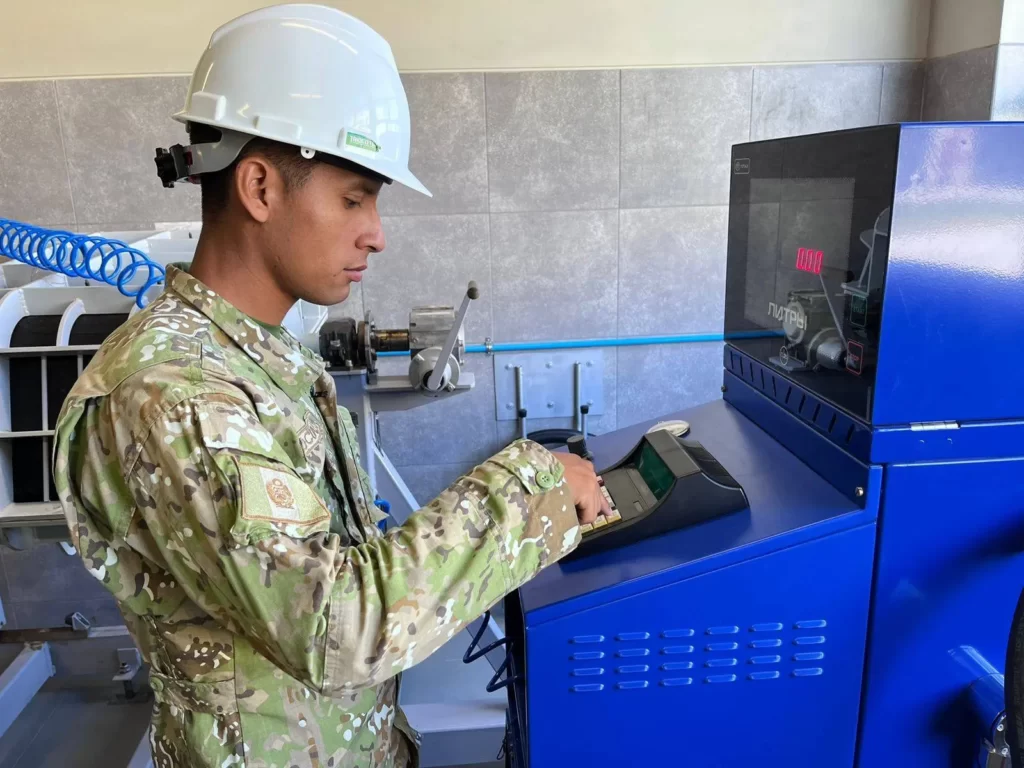
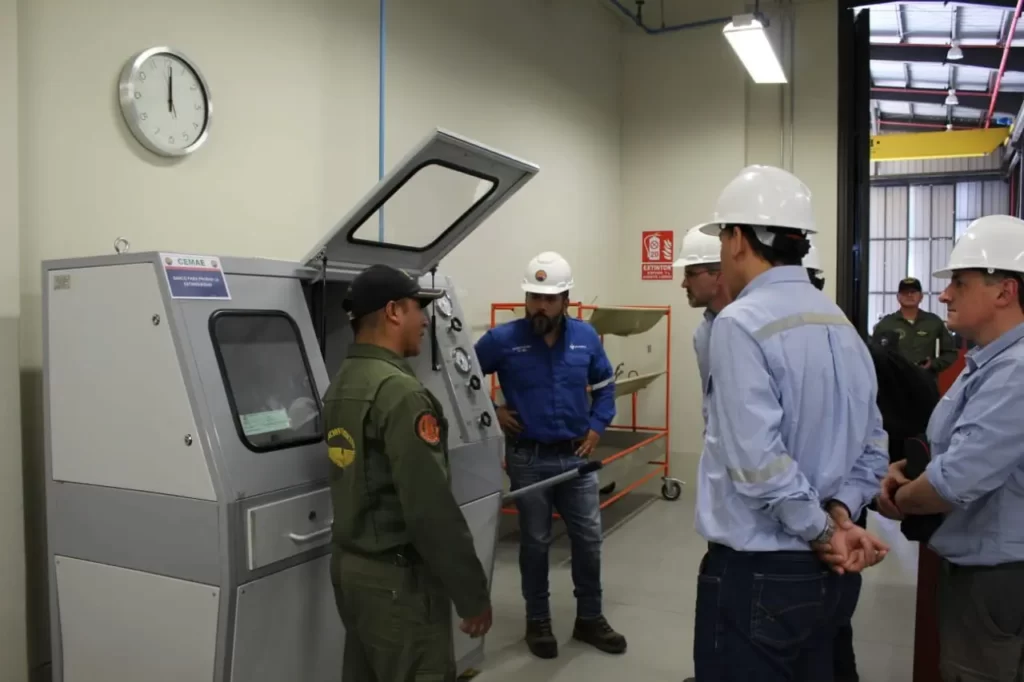
Aircraft of the same origin, belonging to the Naval Aviation and the Police Aviation, also have their own workshops, albeit more modest or basic, where experienced personnel nonetheless provide maintenance services.
With all these capabilities combined, Peru currently has a level of autonomy that will allow it to have operational helicopters in the medium term, in a risk scenario against disasters. However, despite the above, there is beginning to be a moderate concern about what could happen beyond the medium term if this war in Eastern Europe continues. And this is reflected in sanctions against the manufacturer and main supplier of more sophisticated parts and components, which these aircraft will eventually need to keep flying.
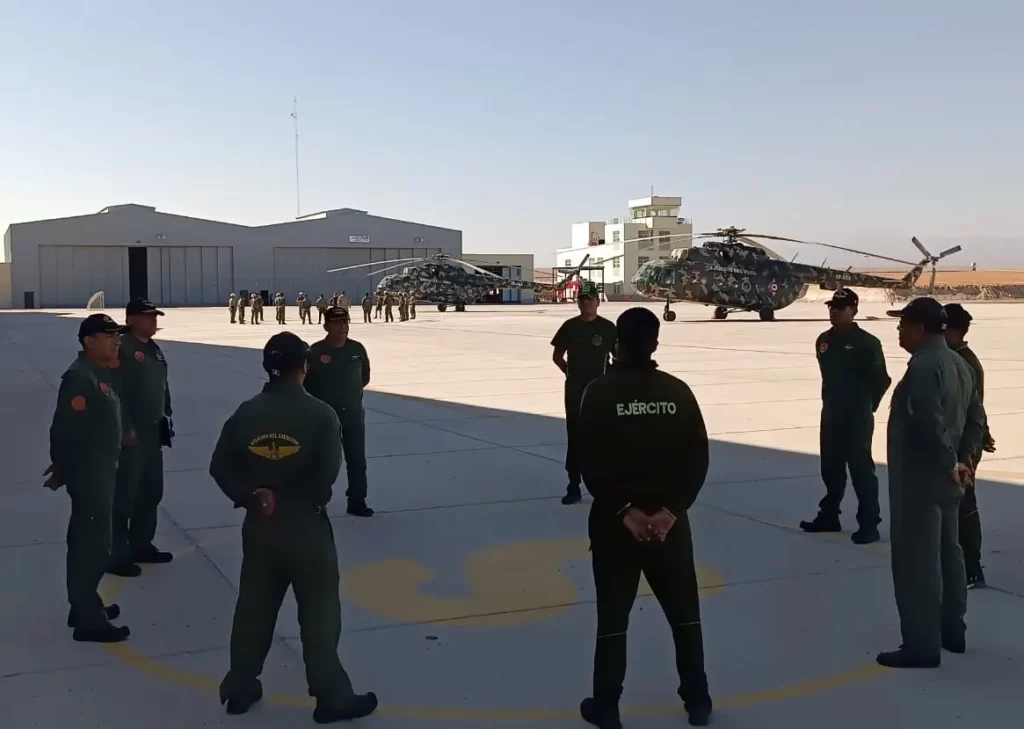
For some, the option of Western technology is again seen as a viable option to consider, although it is also known that an aircraft with the characteristics, extreme use, good price, and reliability of the “Hips” is not so easy to find. It is a complex task in which the planners of the Peruvian armed forces are already working.
*Photographs used for illustration purposes.
You may also like: Peruvian state-owned SEMAN will carry out maintenance work on 13 Boeing 737 NG aircraft belonging to Brazilian airline Gol



